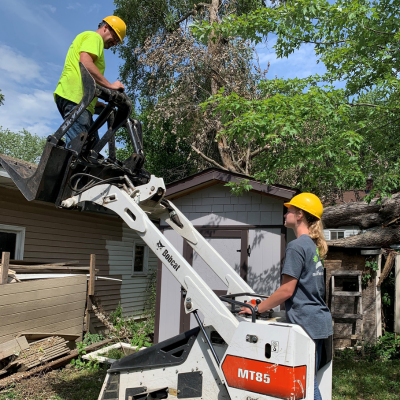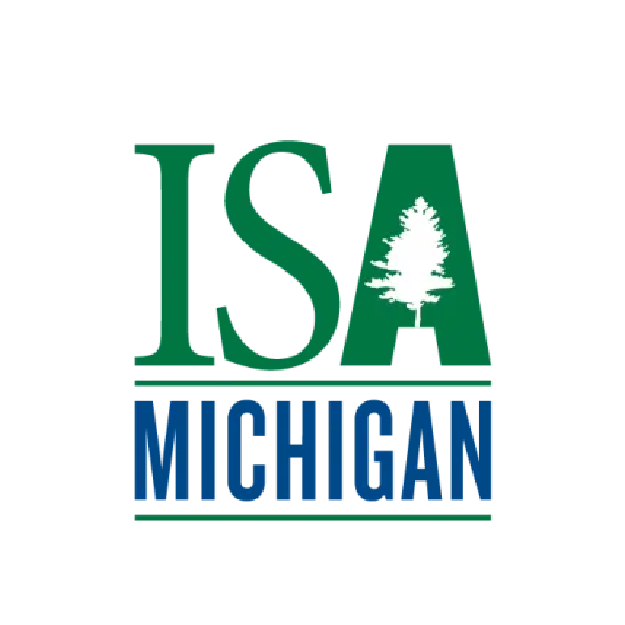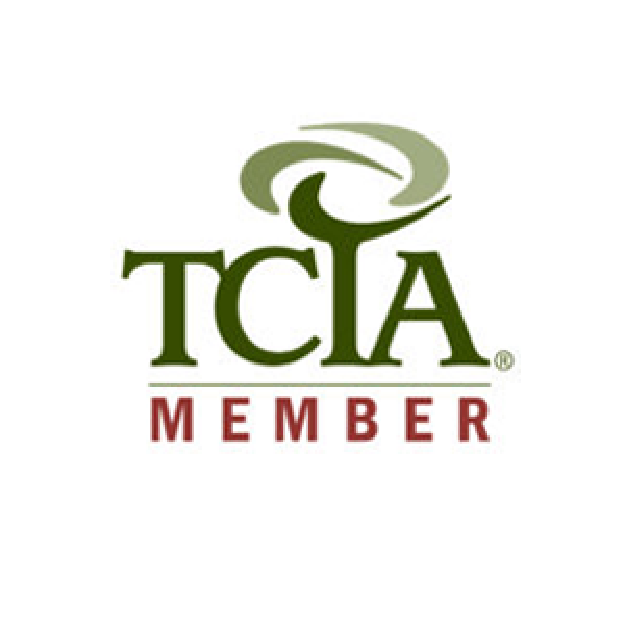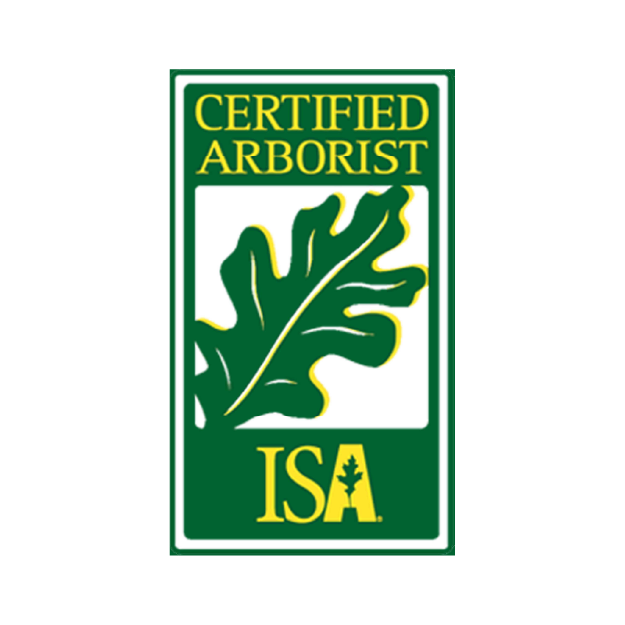
What Should I Do If My Tree Has Dead Branches?
Noticing dead branches on your tree? You’re not alone. Dead branches can be more than just an eyesore—they can pose serious safety risks and impact your tree’s health. Whether you're dealing with a small ornamental tree or a towering oak, proper care is essential. Here’s why it’s important to address dead branches and what you should do about them.
Why Removing Dead Branches Matters
Prevents Decay and Disease
Dead branches can invite pests, fungi, and bacteria, which may spread to the rest of the tree and cause significant damage. Common tree diseases like oak wilt or Dutch elm disease often begin in compromised limbs before affecting the entire tree.
Enhances Safety
Weak or dead branches are prone to falling, especially during storms or high winds, potentially causing property damage or injury to people and pets below. Regular pruning minimizes these risks and keeps your surroundings safe.
Promotes Healthy Growth
Removing dead branches allows the tree to focus its energy on healthy new growth. This is particularly important for young trees that need to develop a strong, stable structure.
Improves Curb Appeal
A well-maintained tree not only looks better but also increases property value. Trees with dead or dying branches can appear neglected and may even become a liability.
How to Identify Dead Branches
No leaves or needles when the rest of the tree is full.
Brittle, dry bark that peels away easily.
Fungus, mushrooms, or unusual growths at the base of the branch.
Cracks or splits in the wood, indicating structural weakness.
Branches that feel hollow when tapped.
What You Should Do
Inspect Your Tree Regularly
Look for branches that are brittle, discolored, or have no leaves while the rest of the tree is thriving. Seasonal inspections in spring and fall can help identify potential issues before they become hazardous.
Prune Properly
Small dead branches can sometimes be pruned with hand tools, but improper cuts can lead to further damage. Always cut just outside the branch collar to promote healing.
Avoid excessive pruning at once, as removing too much at a time can stress the tree.
Consult a Certified Arborist
For larger dead branches or if you’re unsure how to prune safely, it’s best to call a professional. A certified arborist can assess your tree’s health, remove hazardous branches correctly, and recommend a long-term care plan.
Schedule Regular Tree Maintenance
Routine pruning helps keep your tree strong, reduces risks, and ensures long-term health. Preventative care is always more cost-effective than dealing with an emergency tree removal situation.
Consider Seasonal Pruning Timing
In Michigan, winter is the best time for tree pruning since trees are dormant, reducing stress and minimizing exposure to pests and disease. Late winter and early spring pruning set trees up for strong growth in the coming seasons.

Professional Tree Care in Michigan
At New Life Arbor, we specialize in expert tree care, including pruning, disease management, and hazard assessment. If you’re dealing with dead branches or have concerns about your tree’s health, let our team of certified arborists help. Call us at (616) 404-4211 or visit us online to schedule a consultation today!





